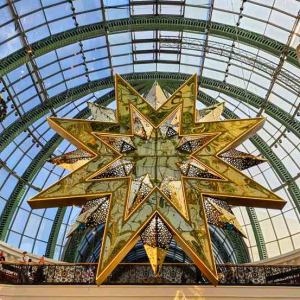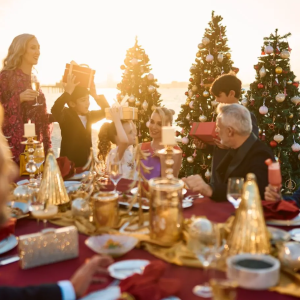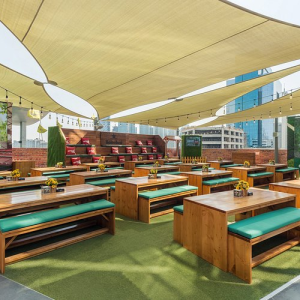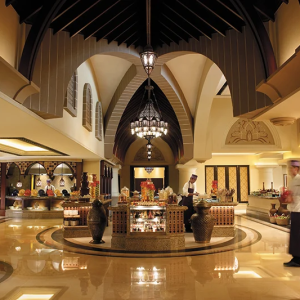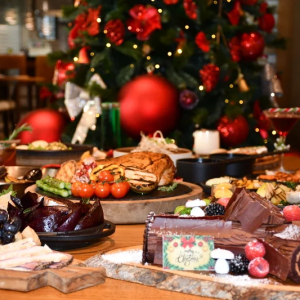In the heart of the Emirates, where futuristic skylines coexist with centuries-old desert traditions, a quiet cultural movement is unfolding. Teenagers are sitting across from elders, phone recorders in hand, asking questions that spark stories filled with wisdom, nostalgia, and often a few tears. These conversations are part of a growing national effort to preserve oral history—an initiative that’s not just capturing voices but restoring generational bonds in an era of fast-paced change.
At the center of this initiative are young people—curious, tech-savvy, and increasingly aware that the stories of the past are slipping through the cracks. Their mission is simple: listen to the elders, document their stories, and ensure that these invaluable fragments of heritage aren’t lost to time.
A Cultural Revival Through Storytelling
This revival started modestly, as a heritage club activity in a school in Sharjah. Students were asked to interview their grandparents about life in the UAE before the oil boom. What began as an assignment quickly sparked something deeper: a sense of connection and pride in cultural roots.

Soon, schools across the Emirates began adopting similar projects, supported by youth councils, community centers, and cultural organizations. These efforts quickly evolved from classroom activities into community-wide collaborations, bringing together generations that had grown apart in a rapidly modernizing world.
In Al Ain, students meet with local elders at weekly storytelling circles, some of which are held in traditional majlises under the guidance of cultural mentors. Here, tales of desert caravans, fishing voyages, ancient poetry, and traditional medicine come alive.

“It’s like opening a window to a world we’ve only heard about in passing,” says Leena Al Mazrouei, a 17-year-old student who now volunteers as a youth archivist. “I never really knew what my great-grandfather’s life was like until I heard someone else’s story that mirrored it. It helped me understand my own family better.”
Humanizing History
Unlike textbooks or museum exhibits, these stories are personal and raw. When youth interview elders, they’re not just recording history—they’re humanizing it.
Eighty-one-year-old Fatima Al Khouri remembers sitting by her grandmother’s side as a child, listening to tales passed down through generations. Now, she sits with high school students who ask her about her life before the formation of the UAE. She tells them about the struggles of raising a family in the desert, the joy of seasonal date harvests, and the resilience of women who held entire households together during times of scarcity.
“It’s more than memory—it’s identity,” she says. “These children need to know the spirit of their ancestors, not just the facts.”
For many students, these interviews are transformative. Rami Sultan, a 10th grader from Ajman, admits he once dismissed traditional stories as boring. “But when you hear someone talk about crossing the desert on foot or surviving a sandstorm with only a compass and prayer, it changes your view. Suddenly, it’s not just history—it’s survival. It’s ingenuity.”
Technology as a Cultural Bridge
In a digital-first generation, it’s no surprise that smartphones, tablets, and editing apps play a crucial role in preserving these narratives. Many youth are trained to record high-quality audio and video, which they then compile into short documentaries or personal profiles.
Schools and cultural organizations are also offering training in archiving techniques—transcribing, tagging, and storing interviews in both physical and digital formats to ensure longevity.
Social media is proving to be an unexpected ally. Teen-led accounts on Instagram, TikTok, and YouTube now share short clips of these interviews, sometimes subtitled, other times animated or performed as spoken-word pieces. What might have been a forgotten oral account becomes a reel that resonates with thousands.
“You don’t need a museum to teach you culture,” says Hassan Al Hammadi, a college student leading a volunteer group focused on heritage media. “You just need a phone, a story, and someone willing to listen.”
Rebuilding Relationships
Beyond education, this initiative is quietly rebuilding relationships between generations. Many elders say they feel more valued after participating in interviews, while students report feeling more grounded in their identity.
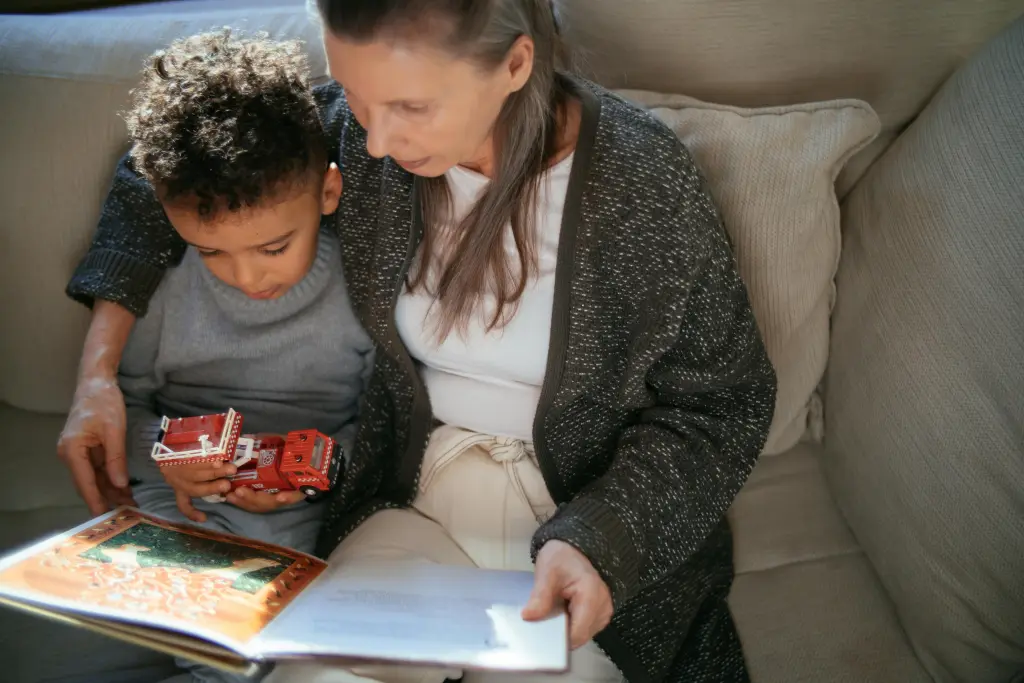
For some, the project has prompted emotional reunions. “I hadn’t spoken to my grandfather much before this,” shares Ayesha Khalid, a 16-year-old from Fujairah. “But after interviewing a neighbor, I realized my own grandfather had lived through many of the same things. I sat with him for hours after that. We cried, we laughed—it brought us closer.”
Parents have also noticed changes. Teachers report students returning to class more engaged and with a deeper appreciation for language, culture, and communication. “They’re learning how to ask meaningful questions and listen with respect,” says one teacher. “Those are life skills that go beyond the classroom.”
Community Support and Expansion
The movement is being embraced by municipalities, non-profits, and even businesses eager to promote cultural sustainability. Workshops are now offered in libraries and youth centers, and funding is being allocated for rural outreach programs to record stories from lesser-heard voices.
In Ras Al Khaimah, a summer storytelling camp is preparing to host its third edition, where students will live in heritage villages and collect stories from elders who have never before been recorded. In Abu Dhabi, public events themed around oral storytelling are being held in community spaces, bringing together people of all ages for live interviews and performances.
There are also plans for a national oral history festival, where standout stories will be showcased through theater, art installations, and student-led exhibitions. These celebrations aren’t just about remembering—they’re about honoring.
A Legacy Preserved
In a country known for its meteoric development and forward-thinking vision, this movement is a gentle reminder that progress and preservation can coexist. The youth of the UAE are learning that their future is stronger when it’s built on the voices of the past.
These oral histories—captured not in marble but in memory—are creating a living archive. And in doing so, they are redefining what it means to be connected in the modern world.
As Leena Al Mazrouei reflects, “We can’t always visit the past, but we can invite it into our present. That’s how we make sure it’s never lost.”
In these quiet exchanges between generations, a nation is remembering not just where it came from—but who it has always been. And thanks to the passion of its youth, that story will continue to echo for generations to come.
Read More: The Men Who Dance: Preserving Traditional Emirati Sword Dances




